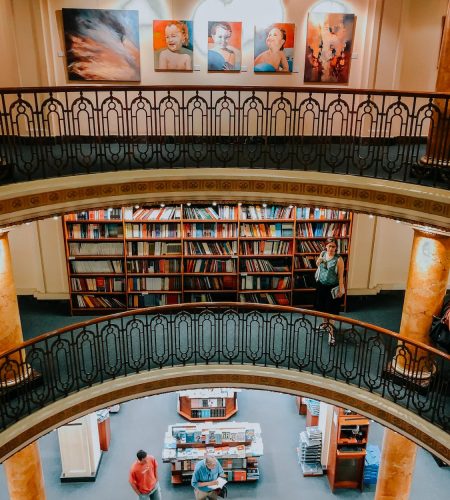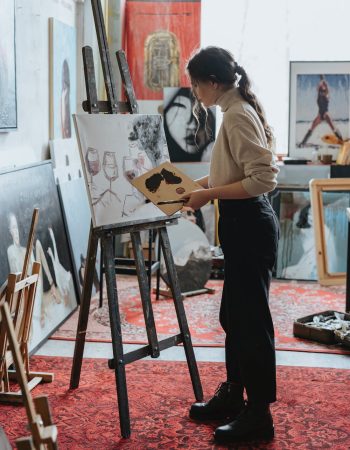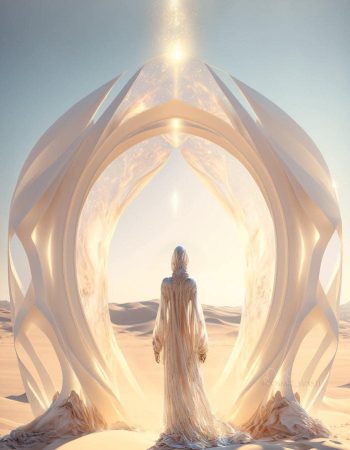
First of all, when it comes to traditional art vs digital art there is no right or wrong answer. Just ask yourself which one do you prefer? A mix of both is probably the best way as the traditional art allows you to feel and touch fabrics, paint with your hand. Basically get at feeling for it.
However, do consider that digital art allows you to reach the entire world very quickly and any revisions can me made instantly. Let’s start by digging into the pros and cons of traditional art vs digital art by firstly exploring traditional art. Then we can embrace digital art, before we choose the artistic medium for us.
Blending the two traditional and digital techniques can be tricky but not impossible and we will dig more into what impact art has on technology. The big question of the future of art, traditional or digital will be answered in the end of this article and you can then choose which reign supreme? Traditional vs digital art?
Pros And Cons
First of all, digital art and traditional art have their own merits and drawbacks. For example, digital art offers a wide range of tools and software. Most of all to allow artists to create artwork quickly without any need for physical space or materials. Furthermore, this medium also offers greater flexibility when revising and retouching artwork. Moreover, digital art has a potentially larger audience through online platforms and social media.
Traditional art, on the other hand, offers a tactile and hands-on experience. For instance, where artists can experience the full range of textures and materials. One advantage is that it also allows artists to work in a more organic and fluid way. Creating more spontaneous and unique pieces. However, traditional art can be time-consuming and require more physical space and investment in materials.
Both mediums have their advantages and disadvantages, and it ultimately comes down to personal preference and artistic goals.
Exploring Traditional Art
More importantly, traditional art is just that, traditional. We refer to various art forms that have been handed down through generations and represent the cultural and historical heritage of a community. These art forms can include painting, sculpture, weaving, pottery, music, dance, storytelling, and more.
One aspect of traditional art is the use of specific materials and techniques that have been perfected over time. For instance, in African cultures, wood carving is a traditional art form, while in India, intricate rangoli designs are made using chalk powder. In addition, many traditional art forms have deep symbolic meanings that are closely tied to cultural beliefs and practices.
Furthermore, traditional art provides a window into the lives, experiences, and perspectives of people from different parts of the world. For instance, it helps to preserve cultural traditions and promotes cross-cultural understanding and appreciation. As such, traditional art remains an important part of our global artistic and cultural heritage. Take a look at my favorite traditional art oil painting from a not so famous inspirational Swedish painter called Marit Bjorngran

Embracing Digital Art
The emergence of digital art has revolutionized the artistic landscape in numerous ways. Most of all providing artists with unprecedented opportunities to explore their creativity and express themselves like never before. Gone are the days when artists were limited to traditional tools, such as pencils and canvases, and were confined by physical space and the expense of materials.
With digital art, experimentation is made easy, and the possibilities for creation are limitless. Furthermore, artists can easily share their work with people all around the world, using social media and art galleries like the amazing Superblue Miami art gallery to reach a broader audience and connect with fellow creatives.
Above all, the constantly evolving nature of this digital medium opens up a world of possibilities for artists who want to push boundaries, explore innovative techniques, and break new ground in the world of art. The use of AI can greatly evolve digital art as we know it.
Choosing Your Artistic Medium
Choosing your artistic medium can be a daunting task, but it’s important to remember that it’s an opportunity to express yourself. To get started, consider what type of art you enjoy creating and what message you want to convey. If you enjoy drawing, painting, or creating visual art, consider mediums like charcoal, oil paint, or acrylics.
For those interested in sculpture or 3D art, consider working with clay, wood, or metal. Photography or digital art requires a strong understanding of composition and lighting.
Ultimately, your medium should be one that you feel comfortable and confident using. Don’t be afraid to try new mediums to see which you prefer. Keep in mind that your initial preferences may change as you grow as an artist. Remember to enjoy the process and let your creativity guide you.
Blending Traditional And Digital Techniques
Above all, blending traditional and digital techniques allows for endless creative possibilities in various artistic disciplines such as painting, sculpture, and photography. For example, the integration of traditional art-making techniques, such as drawing and painting, with digital tools and software creates a unique and contemporary approach to art.
After all, the digital medium offers artists the ability to produce work with precision and ease, while traditional techniques provide a tangible element and personal touch to the piece. For example, a painter can create a traditional oil painting on canvas and then scan and digitally manipulate it to enhance or add detail, creating a hybrid of old and new techniques.
More so, digital techniques allow for experimentation with composition, color, and light in a non-destructive way. This technique also provides artists the ability to create endless copies and variations of their work. Ultimately, the blend of traditional and digital techniques opens up a new realm of possibilities for artists to express themselves, innovate, and create exceptional works of art.
The Impact Of Technology On Art
The impact of technology on art has been significant and far-reaching. Furthermore, the use of digital tools such as computer software, graphics tablets, and 3D printers has revolutionized the art-making process and expanded the possibilities for artists.
For example, advancements in technology have allowed artists to create digital art, multimedia installations and virtual reality experience. Even creating interactive art pieces. Furthermore, the internet and social media platforms have also provided new ways for artists to share their work with a global audience and connect with other artists. A place to do this is for example, Behance
However, technology has also raised questions about the authenticity and value of art, as well as the role of the artist in an increasingly digital age. Overall, the impact of technology on art has been transformative. Offering new opportunities and challenges to artists and the art world as a whole.

These Future Of Art : Traditions Or Digital
Well, the future of traditional and digital art is not simple since art has always been an ever-changing discipline. The he answer is simple, a mix of both is the way to go. One can enhance the other without loosing its identity. Traditional art vs digital art have new ideas and innovations constantly pushing the boundaries of what is possible. In the modern age, the future of art is being charted at the intersection of traditions and digital technology. A mix of both is needed so we don’t lose the traditional art in favour of the digital art.
While traditional forms such as painting, sculpting, and pottery will undoubtedly continue to thrive. Meanwhile, they are being redefined by digital media. Technological advances offer new possibilities in areas such as graphic design and digital animation. More so digital media offers virtual and augmented reality. Even for areas with interactive installations. Understandably, digital art offers a rich, exciting, and limitless range of creative opportunities. Not only does it allow for greater experimentation, but it also opens up new avenues for artists. New ways to distribute and sell their work.
However, while digital art is pushing the boundaries, we should not forget the value of traditional art forms. Always carrying within them historical and cultural significance.
Which Reign Supreme? Digital Art Or Traditional Art?
In conclusion, with a fusion of these traditional forms with digital technology, artists can create innovative works that spark inspiration, cultural exchange. Ultimately broaden the definition of art. For the future of art to be truly successful, it requires a delicate balance between traditional art and digital art. After all, the innovation and appreciation of the past, resulting in a diverse and exciting artistic landscape for generations to come.
Therefore, my advice, use both but do get a feel for the one that works best for you. Don’t be afraid to experiment.
